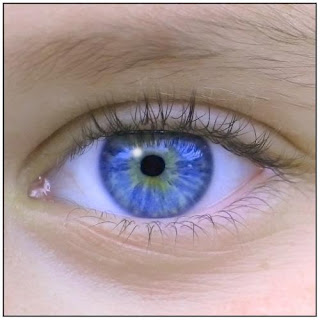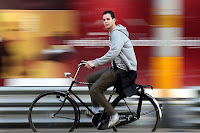
The Catchlights are simply shines on the surface of the eye to add depth and life to the eyes in a portrait. The expressive eyes shining.
In photography, the location of the catchlights are determined by the lighting scheme: the main light and fill, height and angle and distance to the camera. A studio portrait Catchlight get one in each eye (the reflection of the main light). If the eye was a clock, try to make the brightness appear in the 10 to 2 hours.
It is best to capture the catchlights during shooting, but the master photographers were using rudimentary methods in the darkroom to brightening eyes. Today we can add these important glosses to the next digital retouching:
1 .- Open image in PhotoShop. 2 .- New Layer
'll call Catchlights.
3 .- With the Brush tool, foreground color white, Opacity 75%, 50% hardness brush and click on the appropriate size where we want to add brightness. 4 .-
Filter / Blur / Gaussian blur to blur somewhat the point.
5 .- Reduce the Opacity of the layer Catchlight until we get the desired result.
